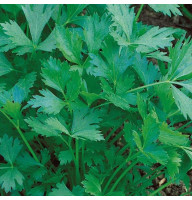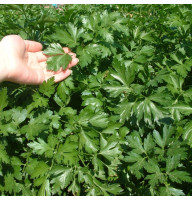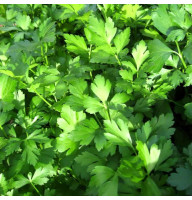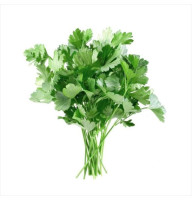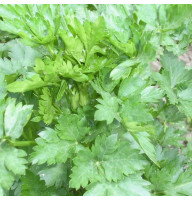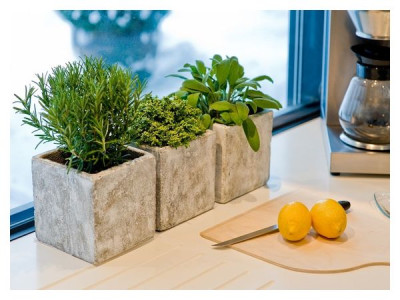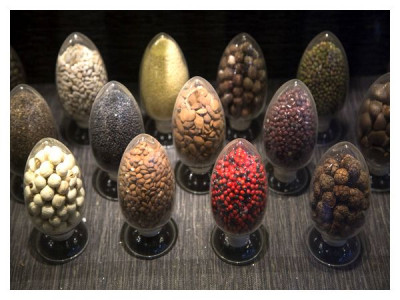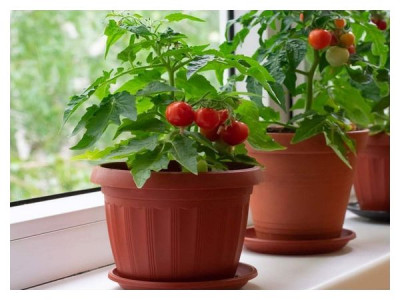Excellent taste and simple agricultural practices have made parsley a popular green crop. As a rule, they sow it immediately in the garden, but if you need to get early greens, you can grow this spicy herb through seedlings.
The first step is to prepare the inventory and soil. Everyone chooses the dishes for growing at their own discretion: flower pots, seedling boxes, special containers, etc. are suitable. But regarding the soil, there are a few tips that are best to follow:
- Despite the fact that it is now easy to find soil mixtures for both flowers and vegetables on sale, it is better to use nutrient soil from the garden. In extreme cases, mix it with the purchased one in a ratio of 1: 1.
- To deoxidize the soil and improve the growth of roots in seedlings, add 2-3 tbsp. superphosphate and chalk on a bucket of soil mixture.
- It is desirable to prepare a mixture for crops 1.5-2 months before the start of work.
How to germinate parsley seeds
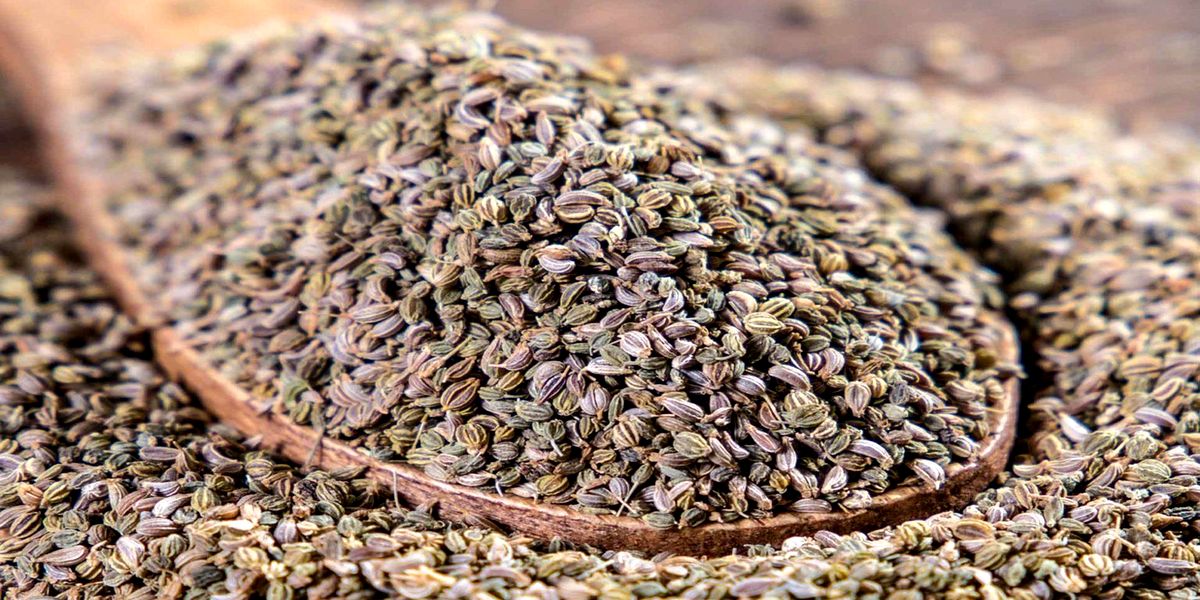
Do not rush and plant seeds without prior preparation. Of course, you will receive shoots, but not soon. The fact is that parsley seeds contain essential oils that inhibit their germination. To see sprouts a few weeks earlier, use one of the following methods.
Parsley is a biennial plant. This allows forcing parsley greens in the winter and getting early parsley greens in early spring.
Essential oils can be "washed out" by placing the seeds in warm water for 3 days, changing it once a day. Then it is enough to dry the swollen seeds to flowability and place them in the refrigerator for a week. This will ensure maximum germination. You can do without a refrigerator. In this case, after a three-day “bathing”, the seeds are spread in a thin layer on a soft cloth and moistened with water. It remains to wait for germination, periodically stirring the seeds and maintaining the humidity at the required level.
Seedling care
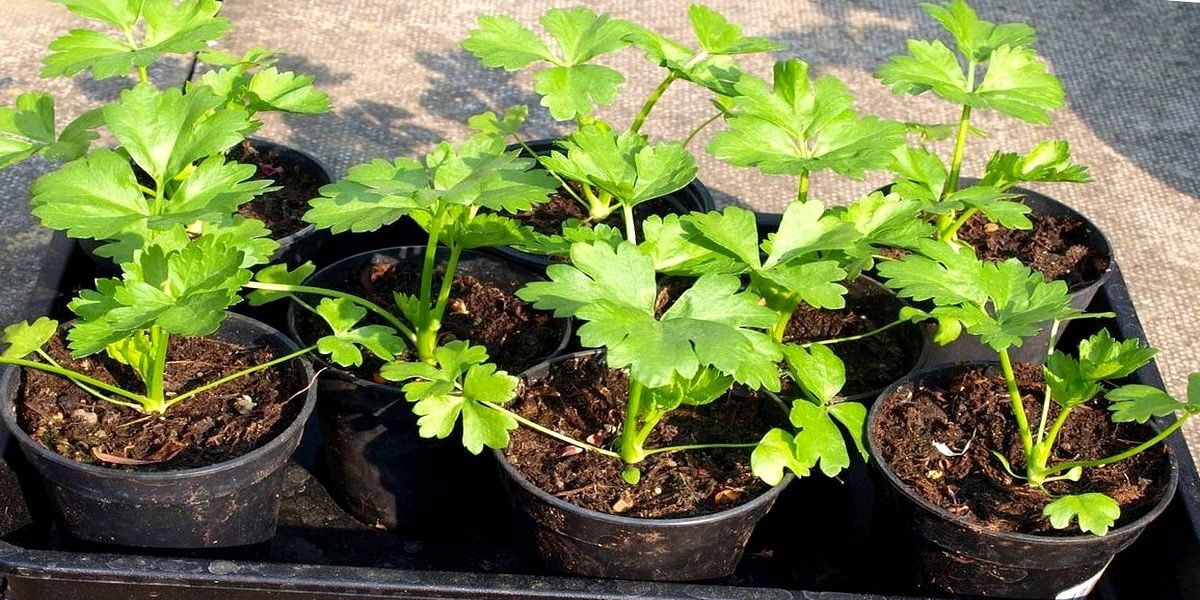
Parsley is sown in grooves to a depth of 0.5-1 cm. For convenience, small seeds are mixed with dry sand. Experienced gardeners can immediately sow one seed at a distance of 2-3 cm from each other. The grooves are sprinkled with earth and carefully watered. Now the crops can be transferred to a mini-greenhouse or simply covered with glass and placed on a sunny windowsill. Shoots will appear faster if the temperature is maintained at least 25 ° C.
The most crucial moment in growing seedlings is coming. Landings require daily attention: they are ventilated by lifting the glass and making sure that the ground remains moist. "Undercover" crops remain until the first true leaf appears.
Young shoots are very weak and do not tolerate direct sunlight and drying of the soil. As necessary, crops are watered from a pipette or syringe, in a hot room - sprayed from a spray bottle. The grown seedlings can be watered from a spoon. By the way, the need for top dressing will disappear if, instead of settled water, a weak solution of complete mineral fertilizer is used (approximately 0.5 g per 1 liter of water).
Parsley is a very photophilous crop, so it does not need to be hidden from the sun.
About a month after germination, a second pair of true leaves is formed. If necessary, seedlings can be dived into separate pots, cassettes or directly into a soil greenhouse. If there is enough space for the full development of plants, then you can not disturb them until transplanting to a garden bed, i.e. until early May.
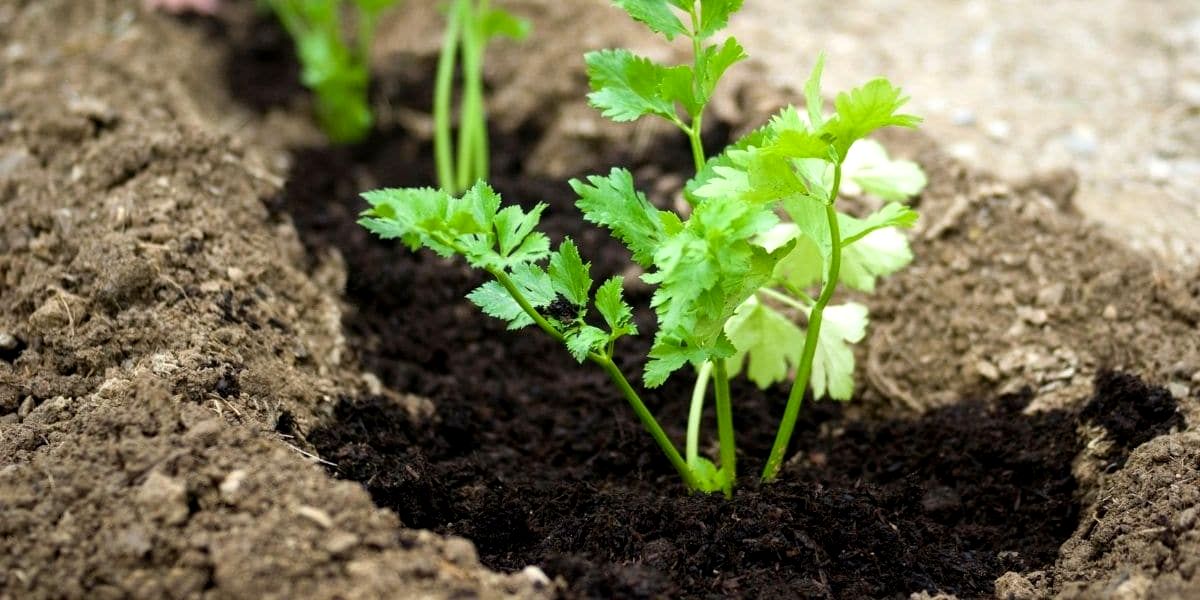
Parsley is planted in moist fertile soil at a distance of 5-8 cm between plants and about 25 cm between rows. Further care will consist of regular watering and weeding.
Growing parsley through seedlings is a method suitable for planting leafy varieties. When using this method for root parsley, there is a high probability of damage to the tips of the roots during transplantation and, as a result, getting ugly branched roots.
Thus, although parsley seedlings are a little more capricious than seedlings of other green crops, they are quite suitable for growing. And with minimal care, it will give good greens, which will become a fragrant addition to many dishes.

